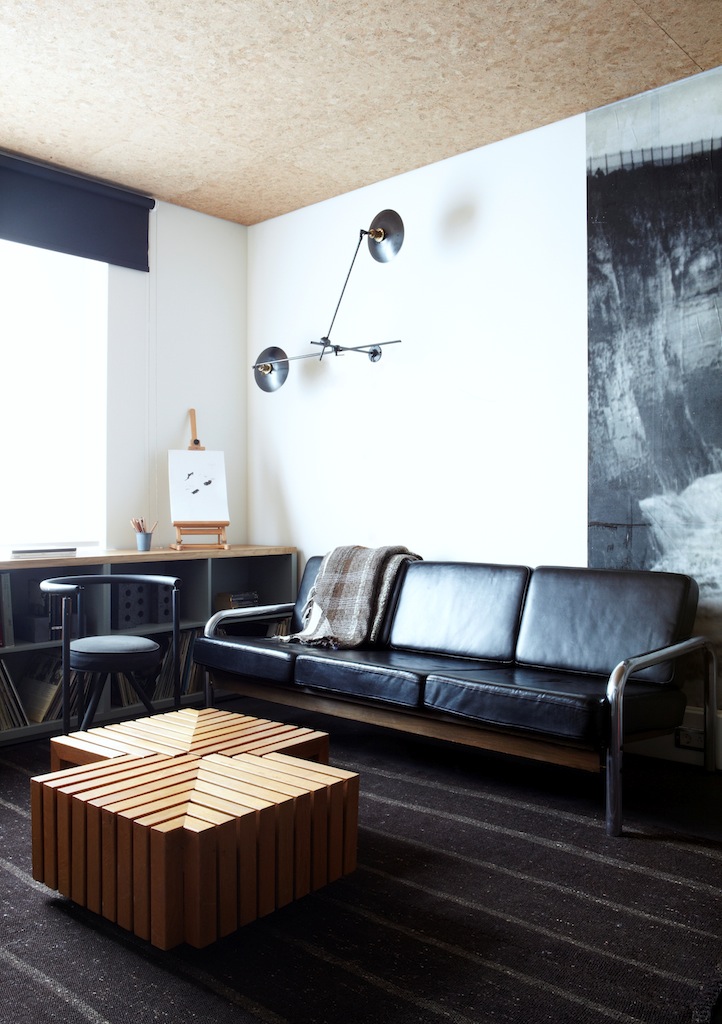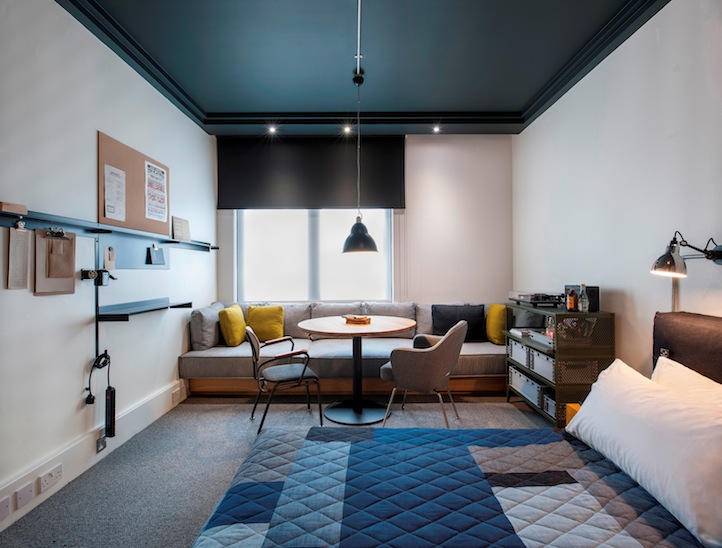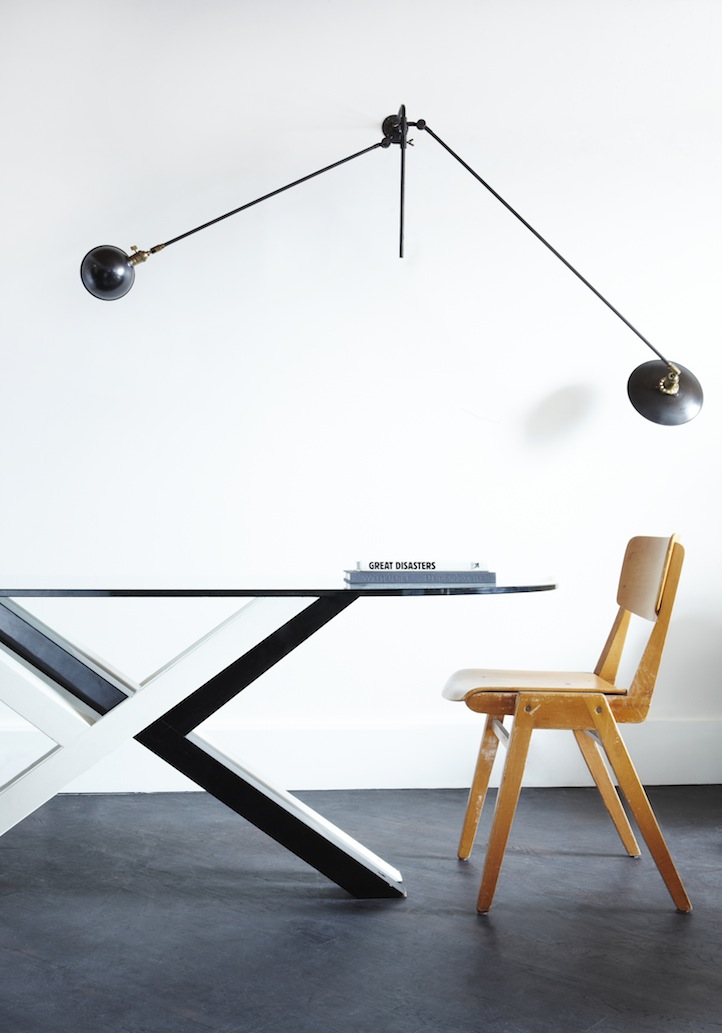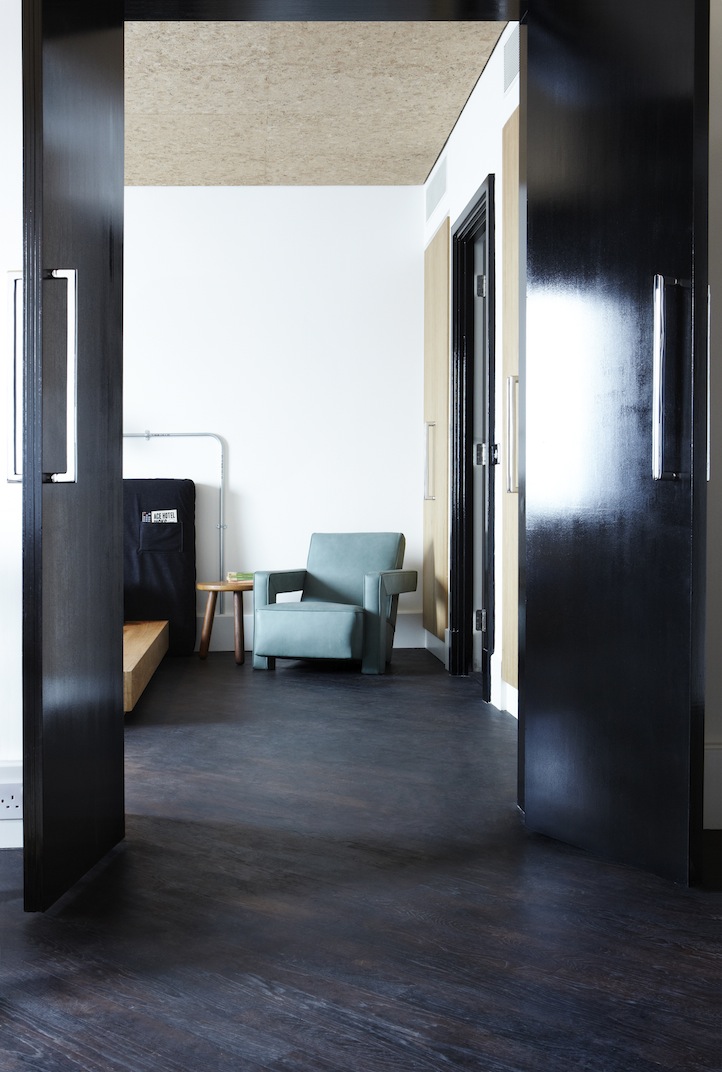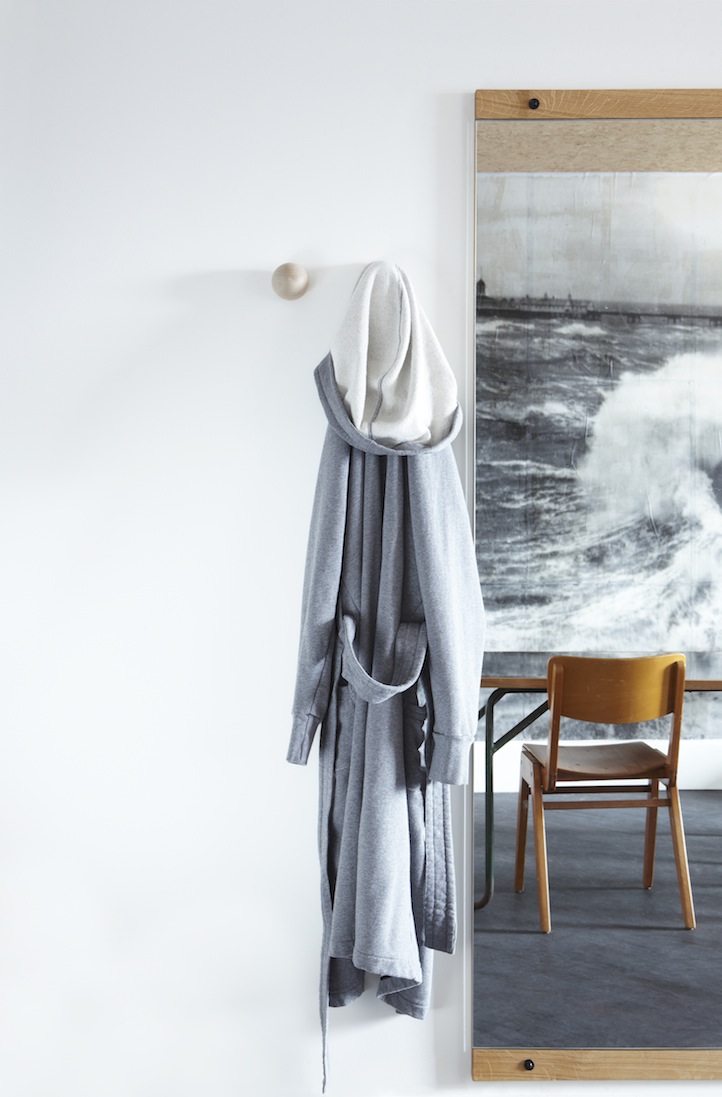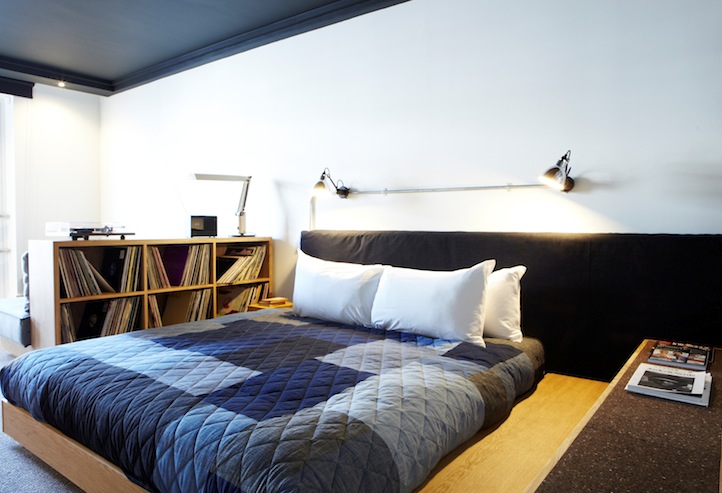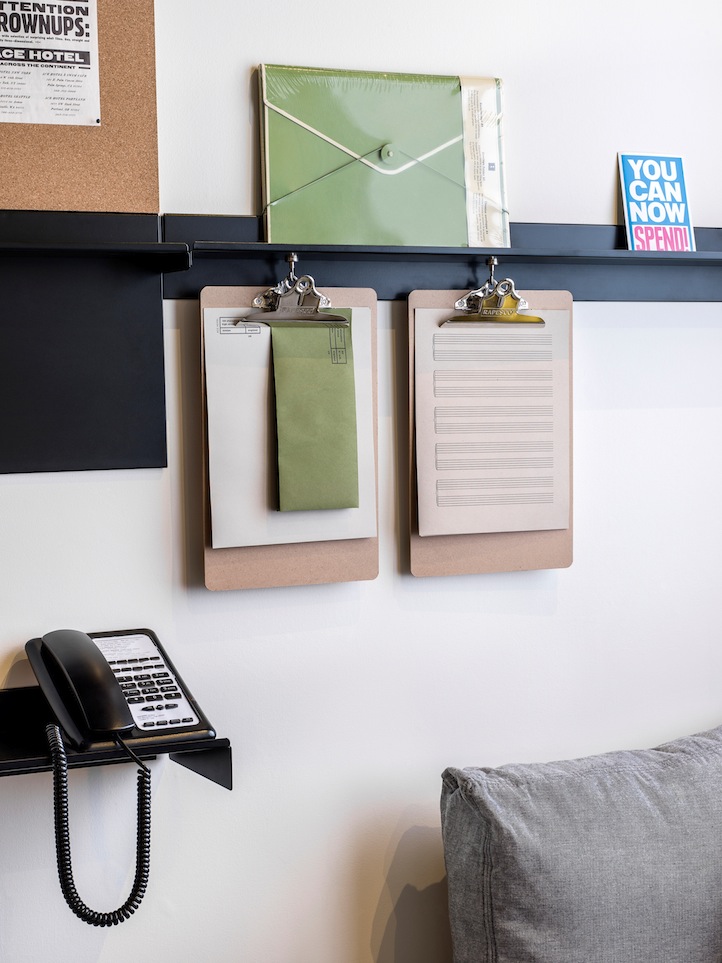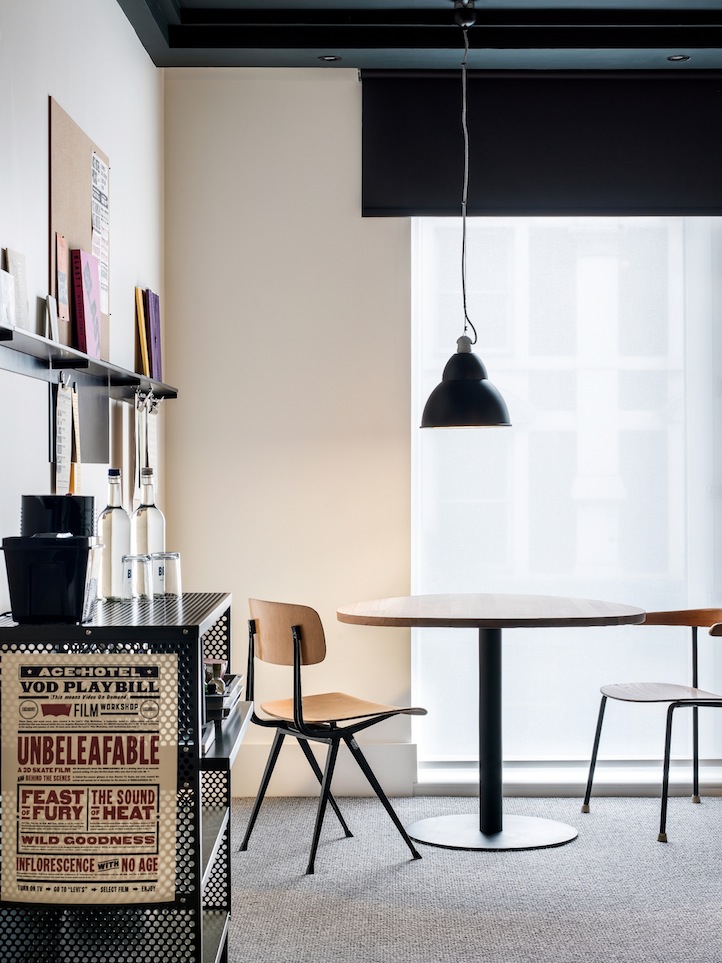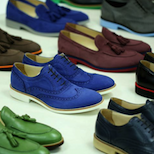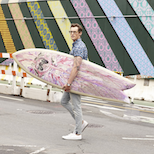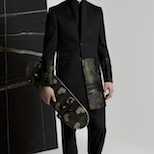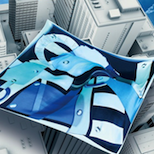Ace Hotel London Shoreditch Opens Its Doors
11.27.2013
STYLE
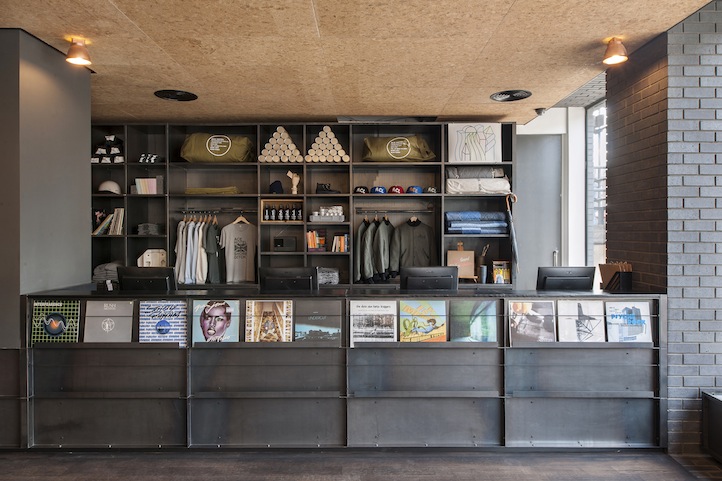
Ace Hotel London brings 100 Shoreditch High Street into harmony with the Shoreditch district; a historic neighborhood and global nexus of creative culture, home of the world famous open-air market on Brick Lane and canvas for street artists from around the world. Today, Shoreditch is a leader in the arts, design, cuisine, culture and technology — an outpost in the global community of ideas. In opening their latest property, they’ve been able to weave the Ace ethos into the ongoing narrative of the area.
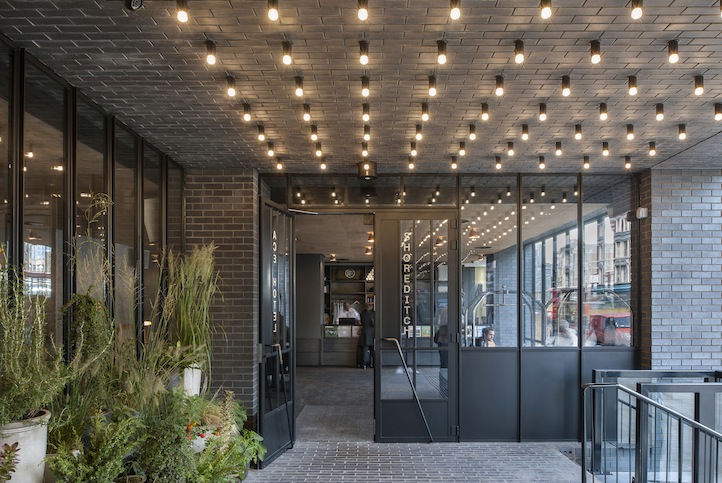
In doing so, they’ve incorporated a wide range of design influences which are reflective of the cosmopolitan yet historic character of the surroundings. From the clean Modernism of the Bauhaus to UK punk, to the bold graphic style of the early 20th century Vorticist movement. The Ace Hotel Shoreditch worked with London-based architecture and interior design firm Universal Design Studio. Universal takes a bespoke approach to each client, directing a distinctive design aesthetic, recognizable for its simplicity and clever use of material details, towards each project’s individual voice. The firm shares with Ace an appreciation of history as well as the desire to create something fresh and new. The intent of the façade is to mesh with the urban fabric around the property. Contemporary takes on traditional material cues use expressive brickwork, infill and pattern to reanimate the street level of the building, bringing activity to the front and breaking the façade into a number of independent units and uses. The public areas of the hotel are made up of the ground floor lobby, café, lobby bar and gallery space. The lobby at Ace Hotel London Shoreditch is a hub for social interaction as well as a personal space for work or leisure. The approach to the guest rooms was to think of them as a friend’s Shoreditch apartment, a collection of furniture and objects acquired over time, each with stories and memories attached. Each guest finds a curated shelf with a distinct identity and experience of place — useful crafted elements (maps, sketch pads) from local makers, records, books, a pin-up cork board and found curiosities. Here, we take a look inside.
